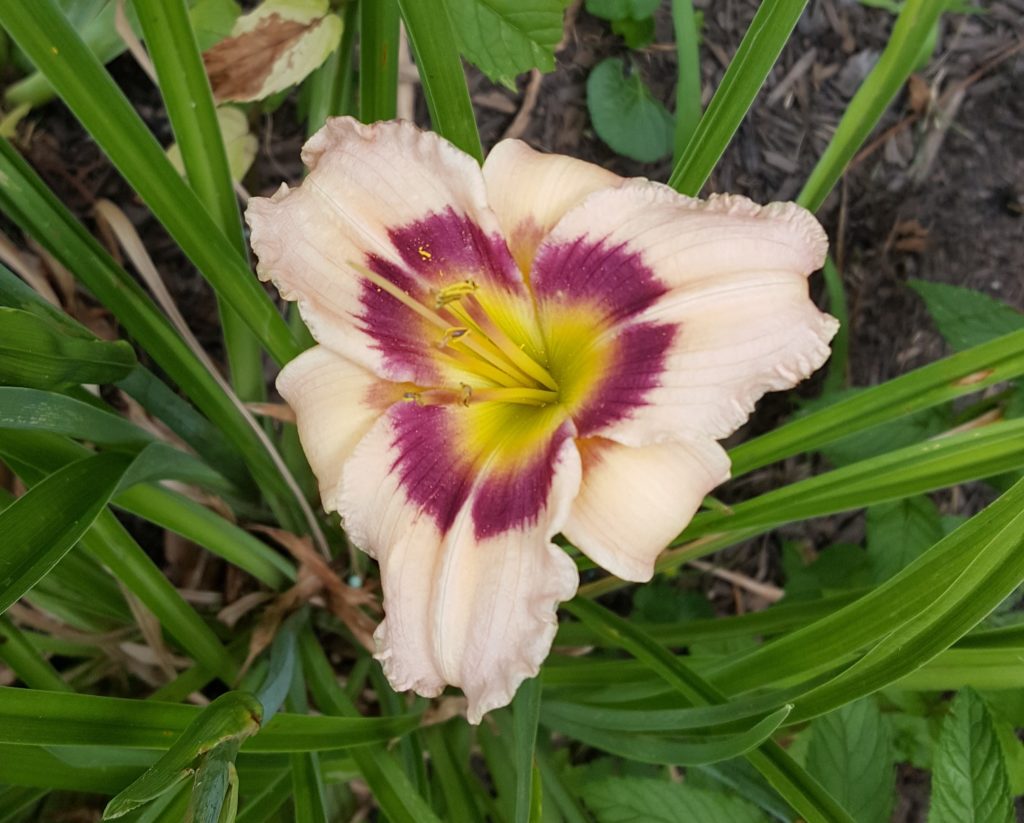
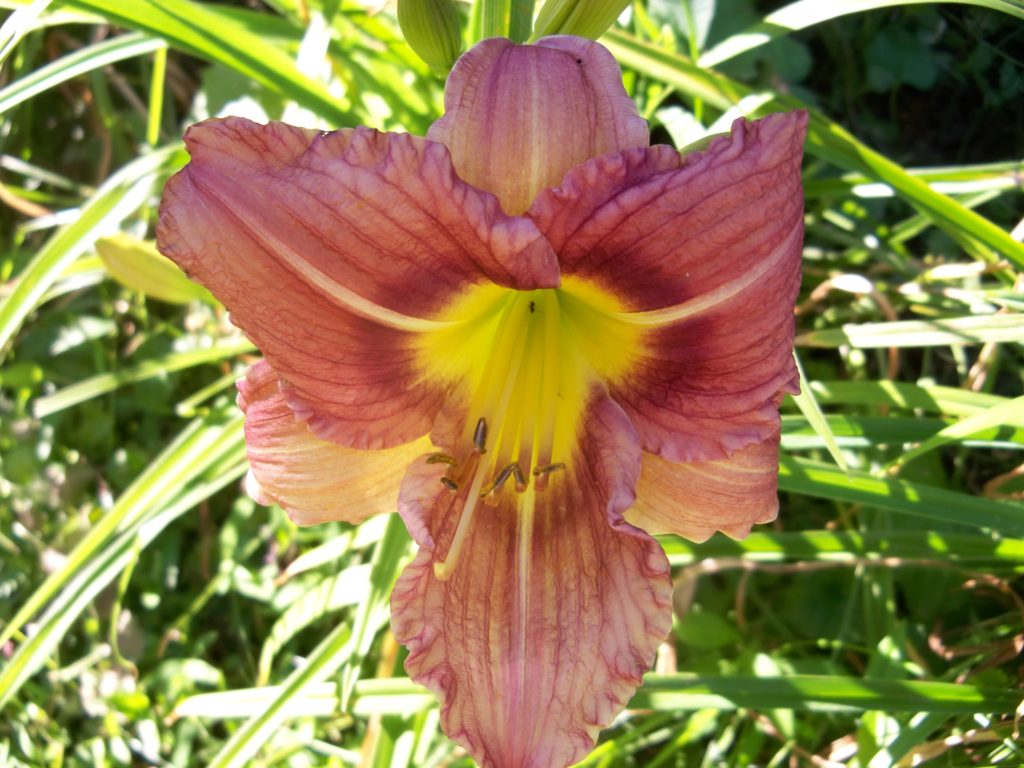
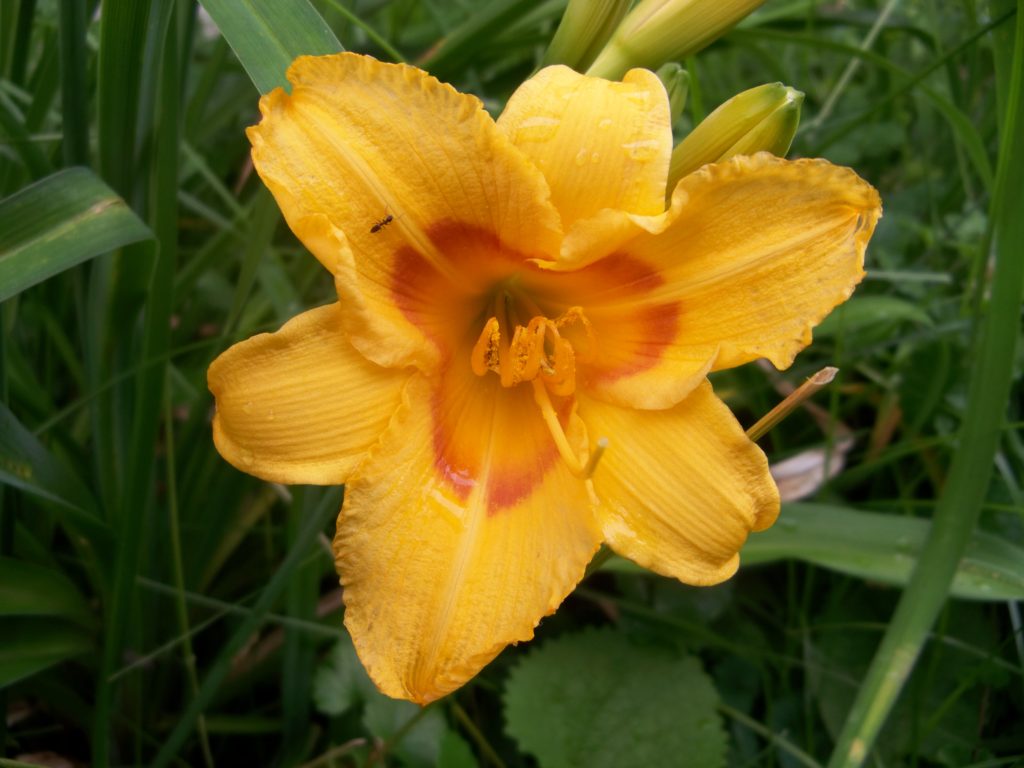
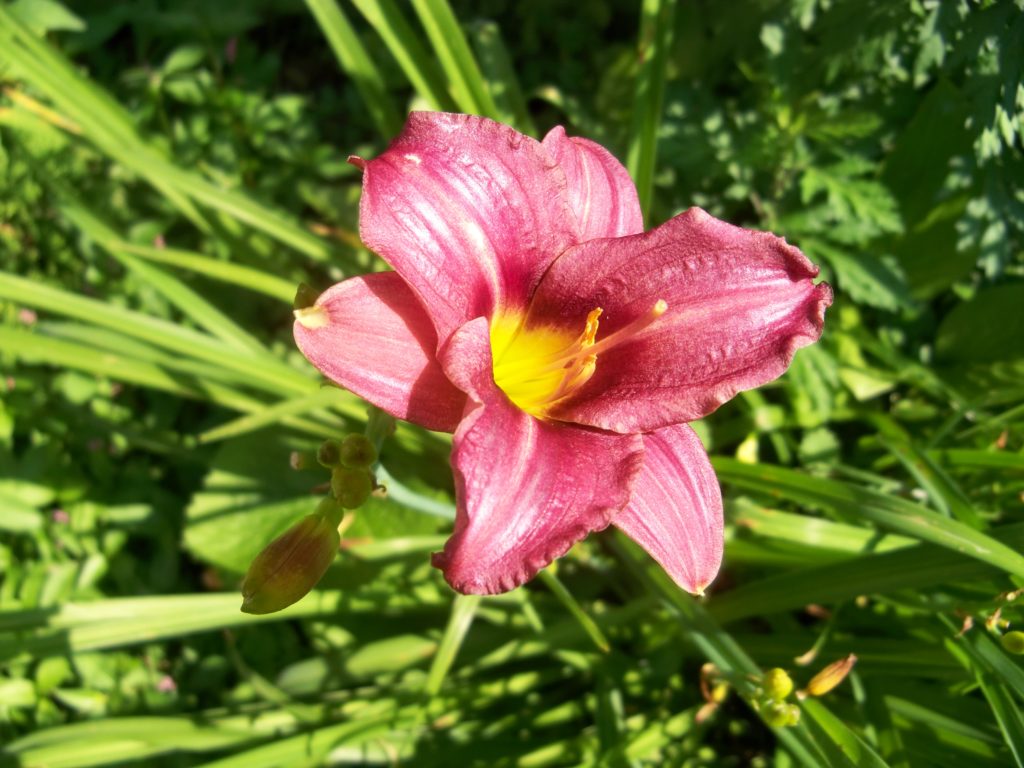
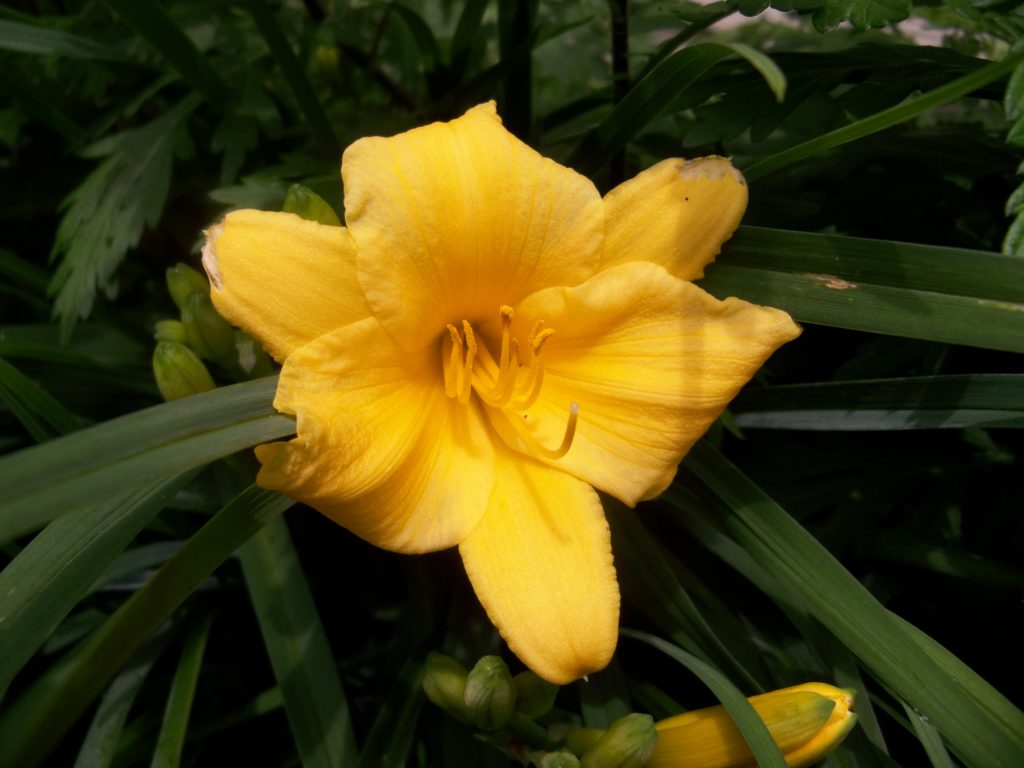
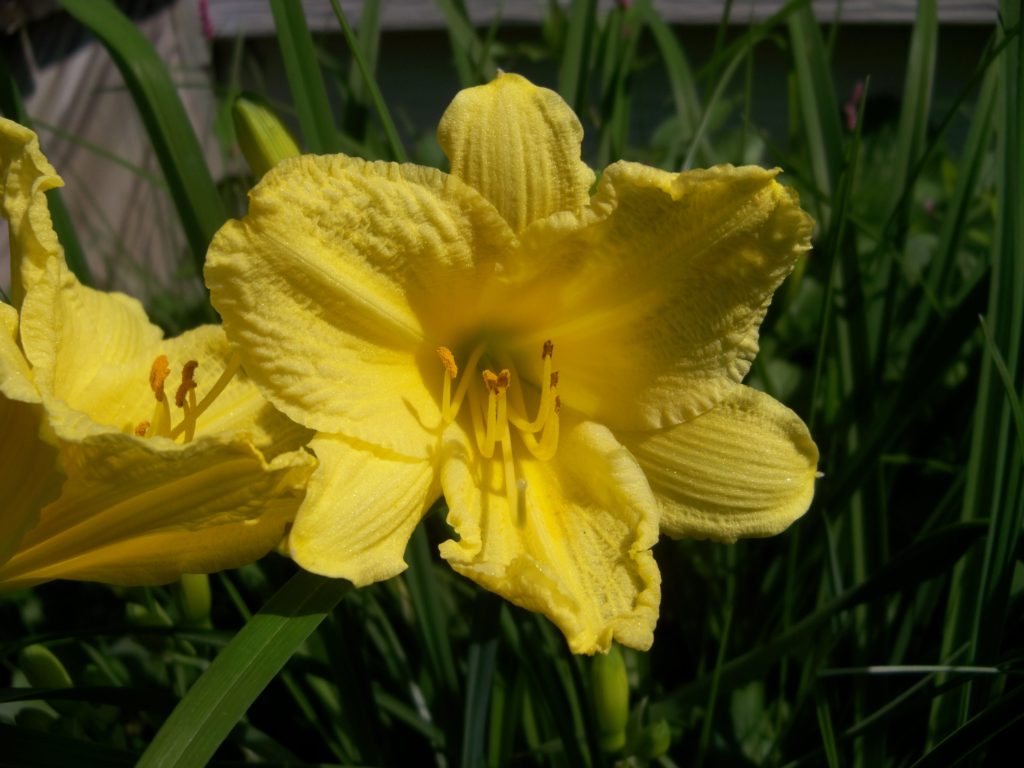
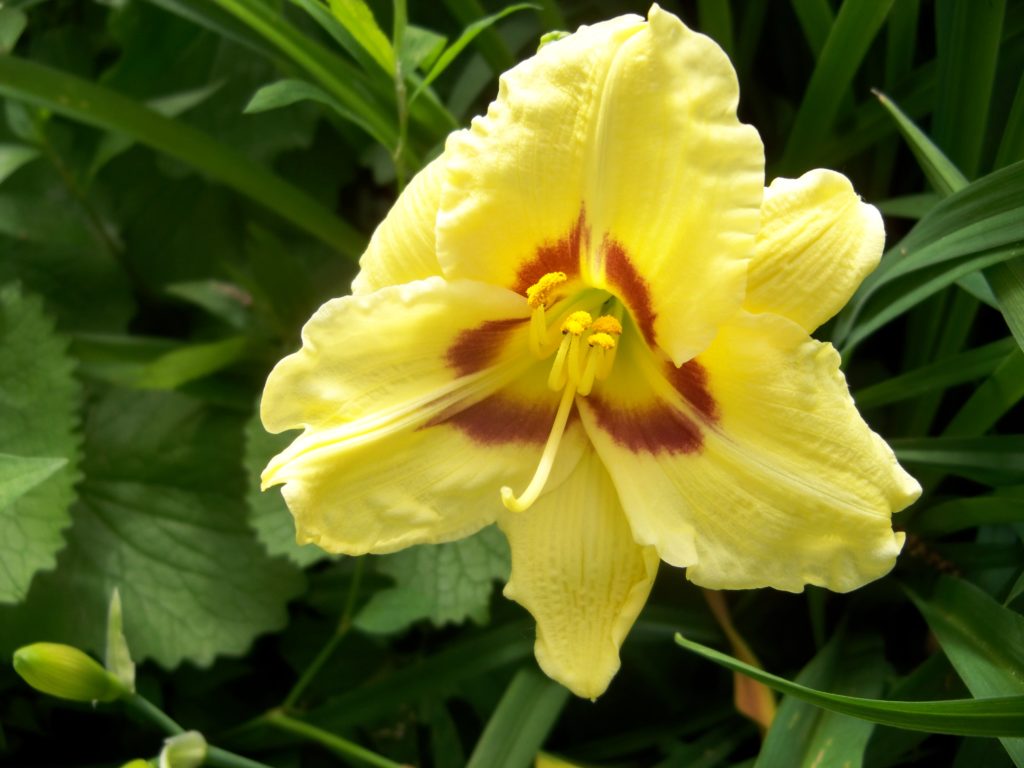
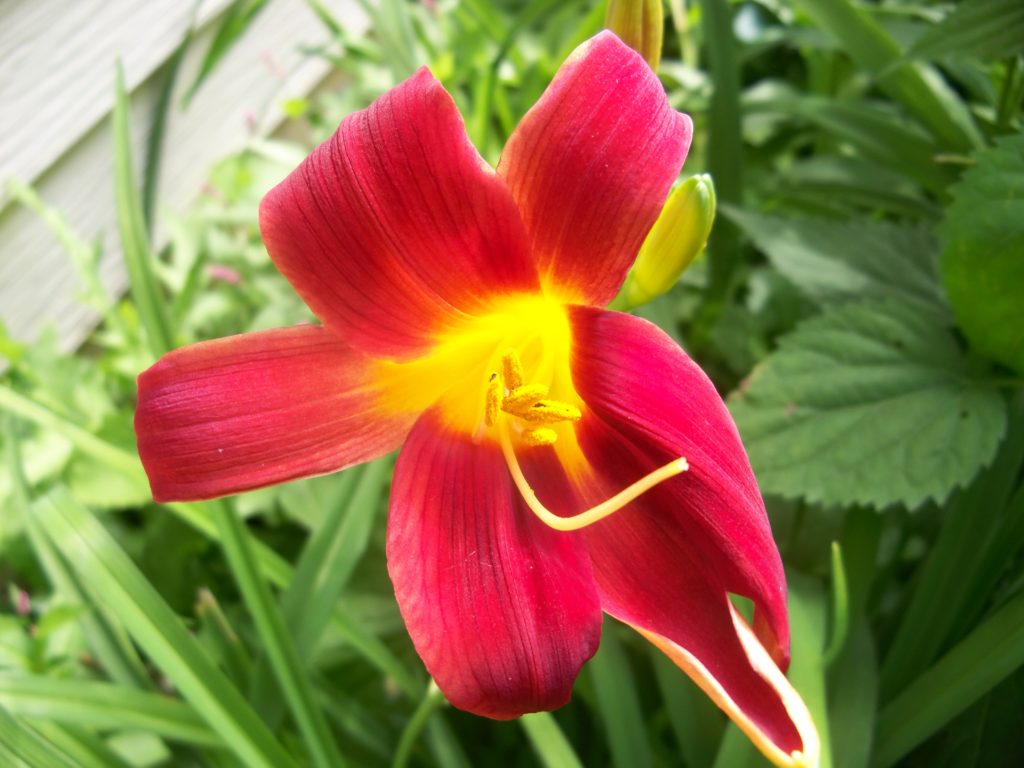
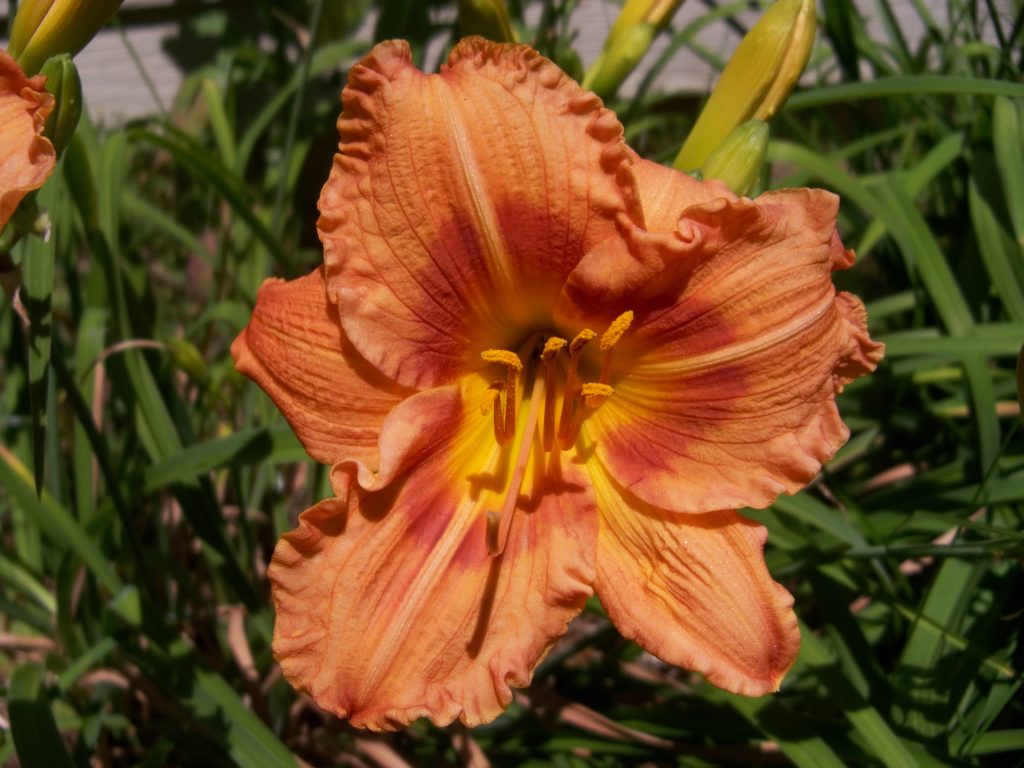
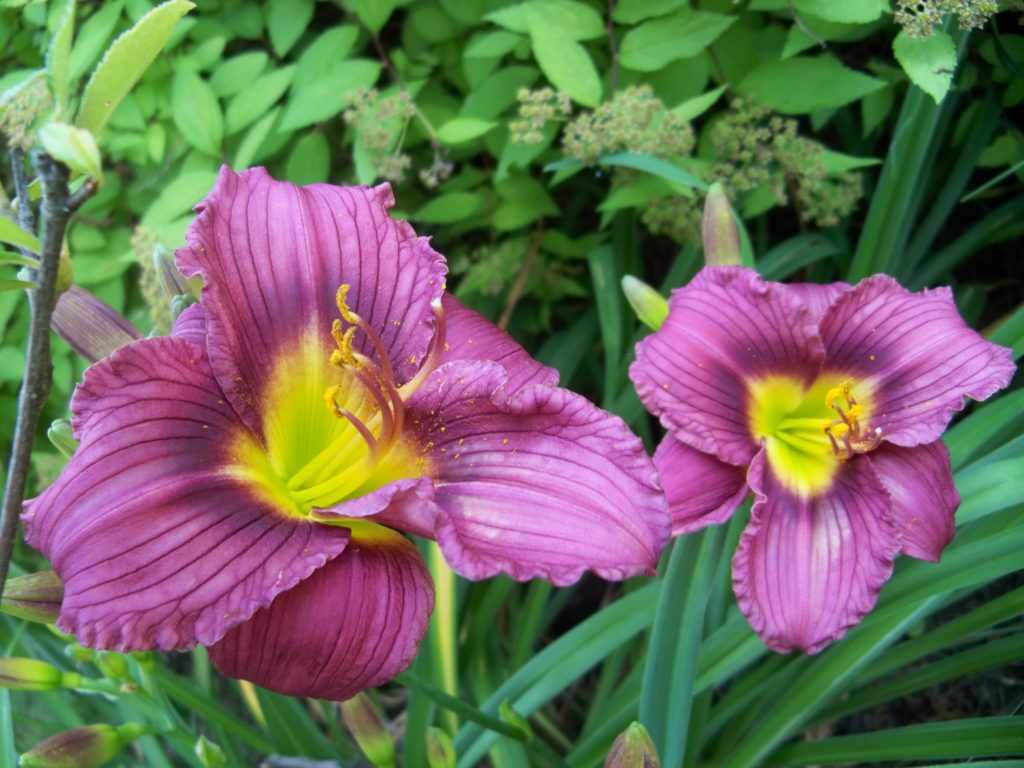
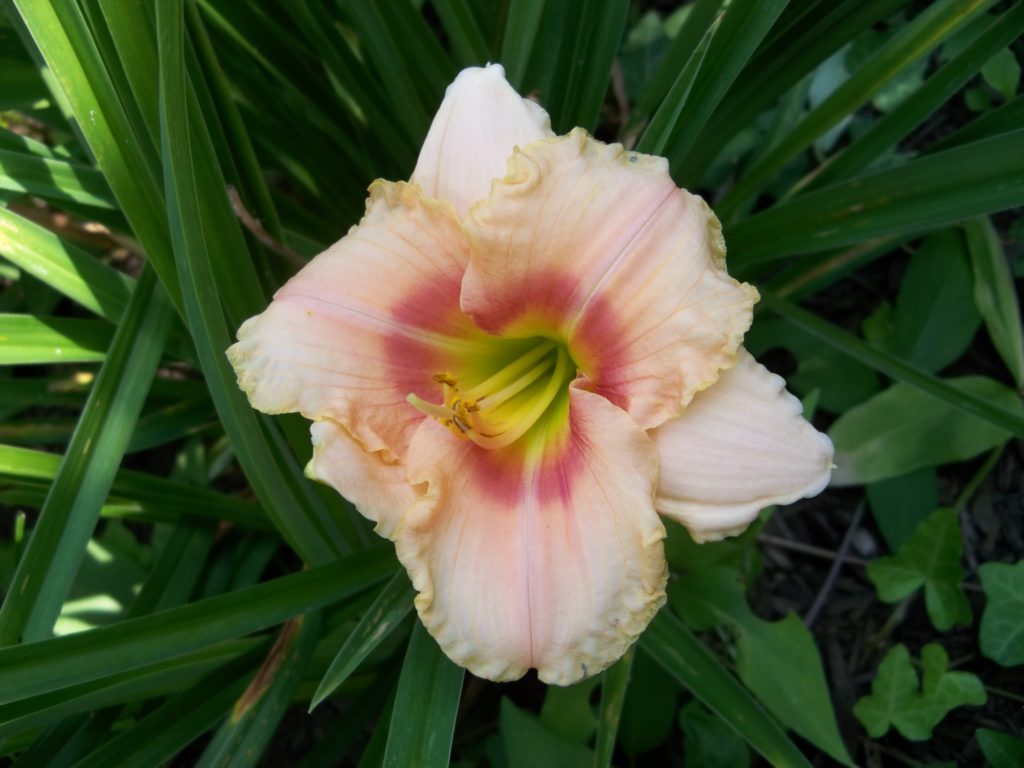
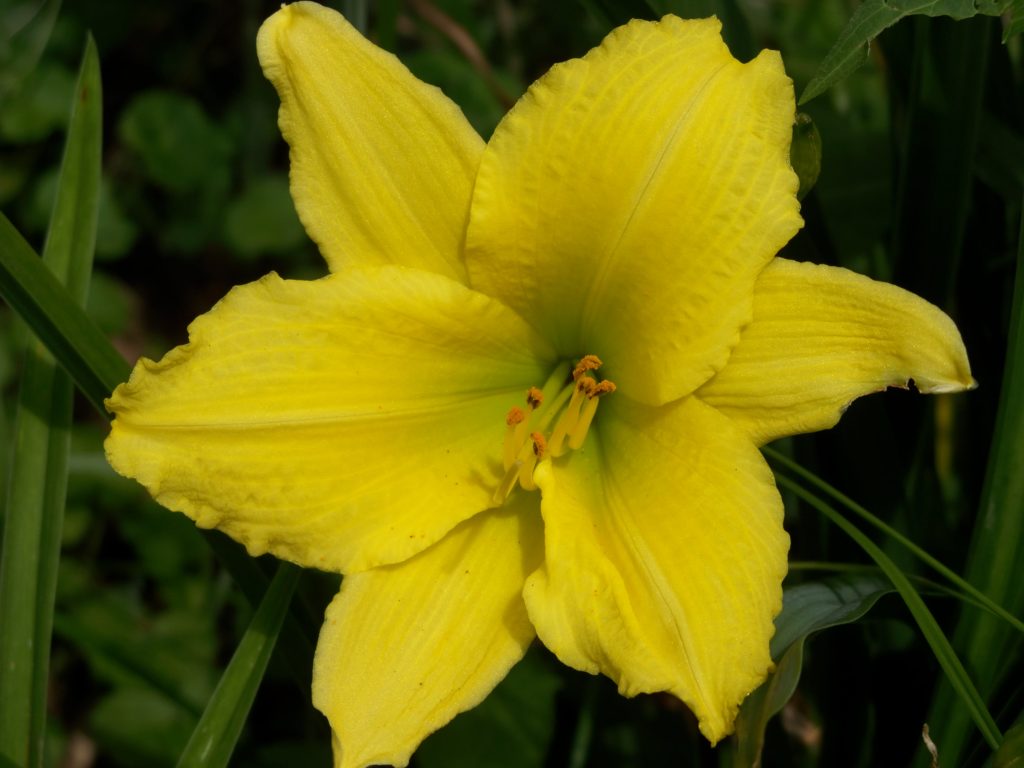
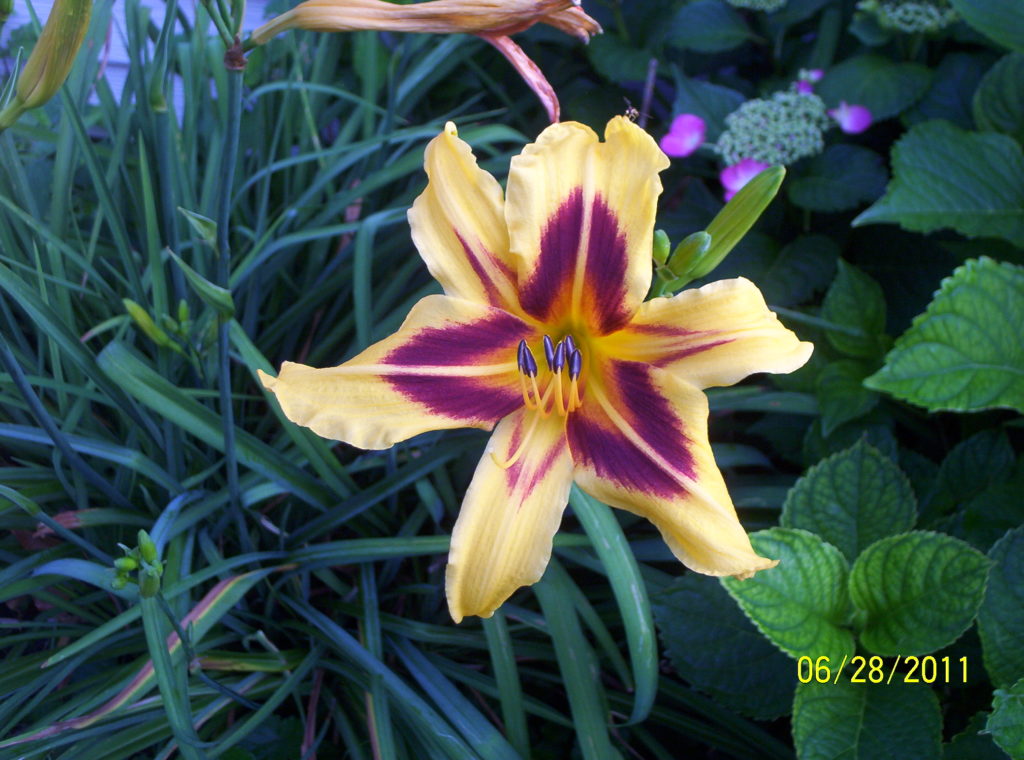
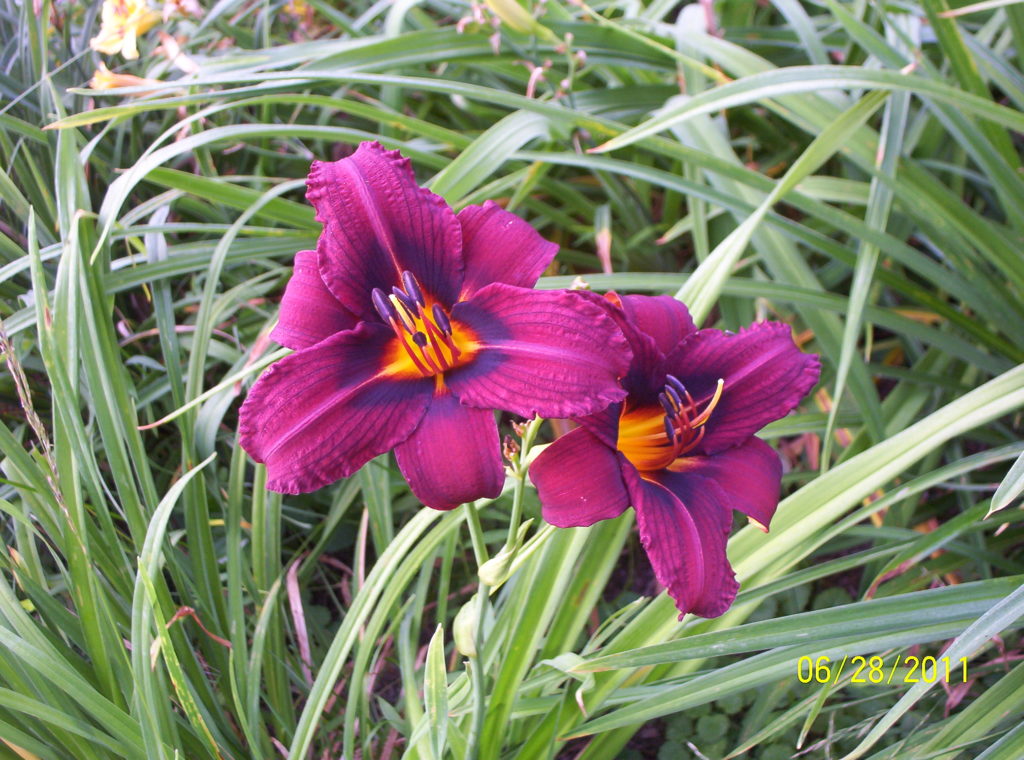
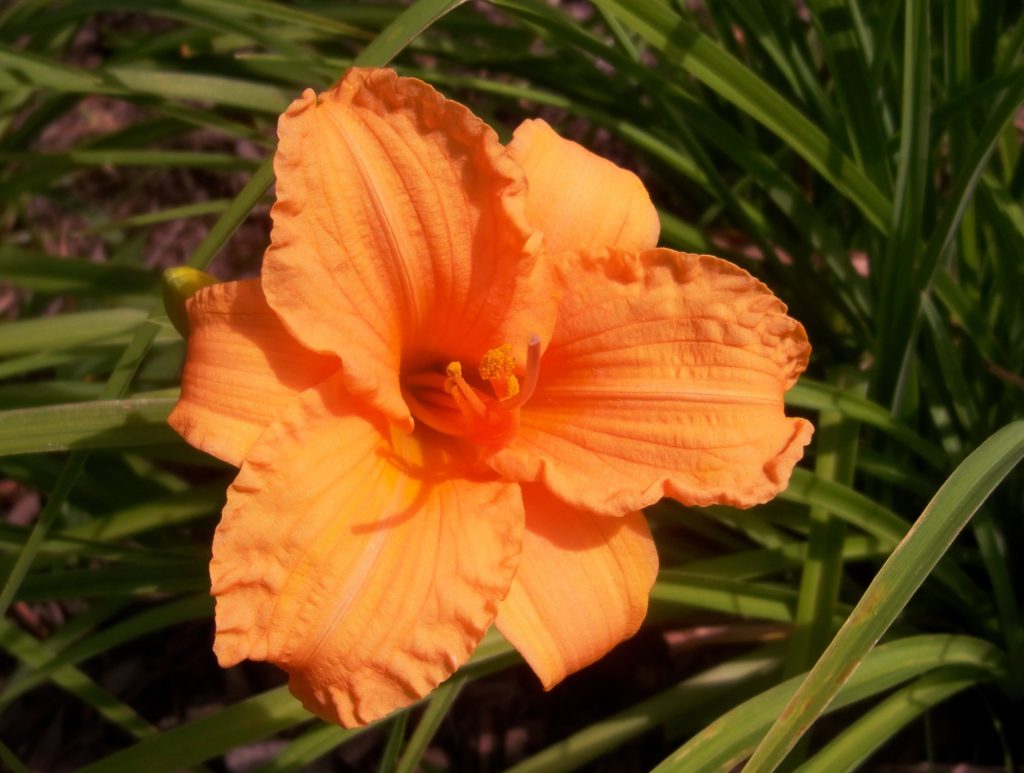
This post provides some tips for growing and caring for daylilies. Daylilies, a low maintenance perennial, are highly recommended for every garden. They are drought-tolerant and hardy to zone 3. They have flowers with a wide range of colors, from white to dark red. Although each flower lasts for only one day, each flower stalk has a cluster of flower buds, producing a colorful show for a week or two. Their blooming time varies from cultivar to cultivar, from early summer to mid-summer. Some are rebloomers, such as “Happy returns” and “Stella de Oro”, they will bloom again in early fall. A large selection of rare daylilies is available from Brecks.com.
Deer resistance of daylilies
Daylilies are not truly deer resistant. The only exception is “Stella de Oro”, which was bred for deer resistance. Deer tend not to eat the leaves of daylily, if they have other plants to eat. However, they like to eat the flowers and flower buds. You can protect the flowers with a wire fence during blooming time. I have tried other things, such as hot pepper wax spray and Pam cooking spray on the flower buds, Irish Spring soap, and ultrasonic deer repeller. None of them worked well. The ultrasonic deer repeller annoyed my neighbor and his dog. It produces a high pitch sound when activated by a bird, a squirrel or mere wind blowing on leaves of plants nearby.
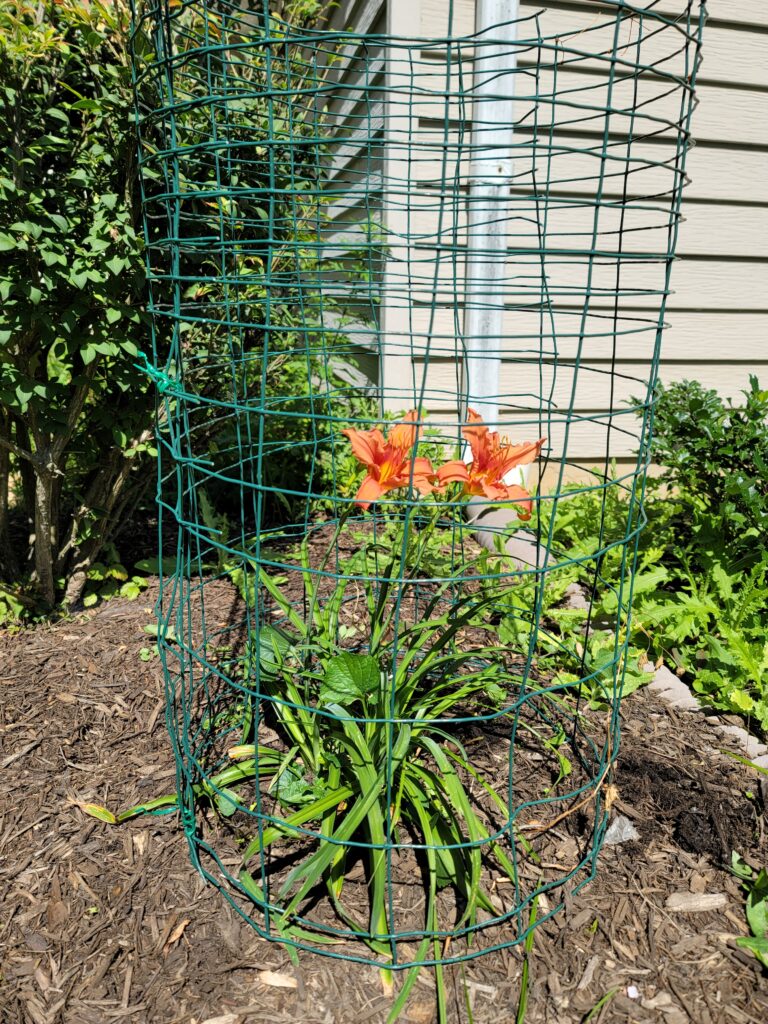
A wire cage can effectively protect the daylily flowers from being eaten by deer. Just make sure the cage is tall enough, so that the flowers are not within reach of the deer. The wire cage can be secured in place with the use of 2 earth staples. It can be easily removed for weeding, and re-secured after weeding.
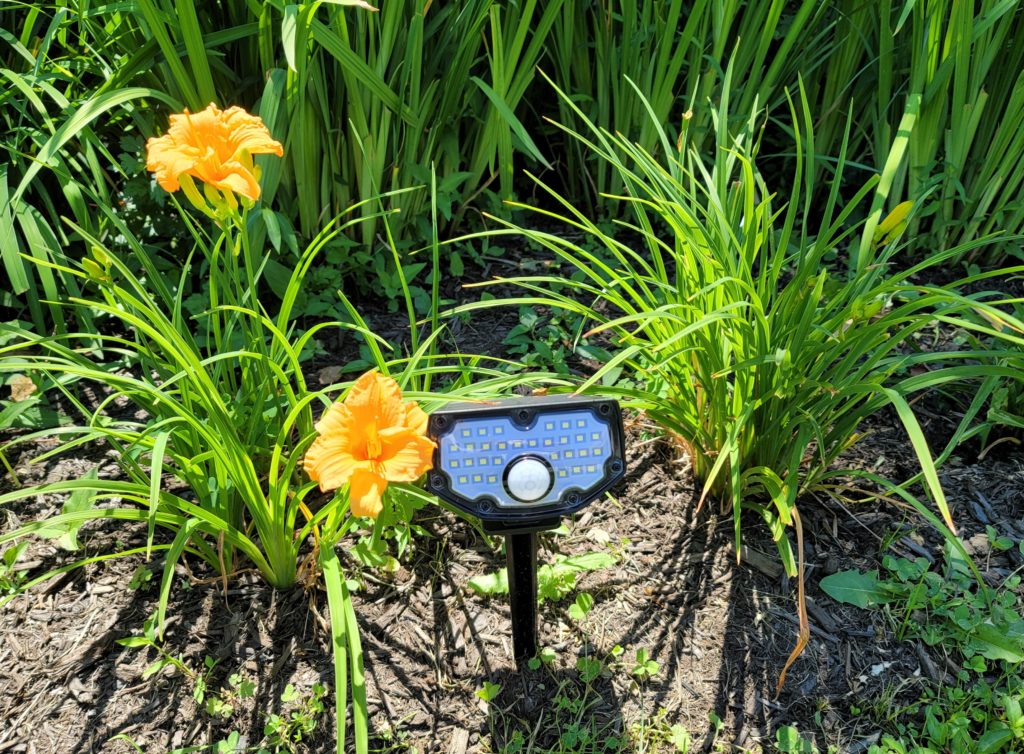
I recently tried to use a motion sensor solar flood light to scare off the deer. I set the light at sensor mode. It goes off normally, but turns on with high-light mode when motion is detected. After 30 seconds, it will go off automatically. The light seems to work for now, the flower buds are still intact for days. However, the deer may get used to it and will be no longer scared.
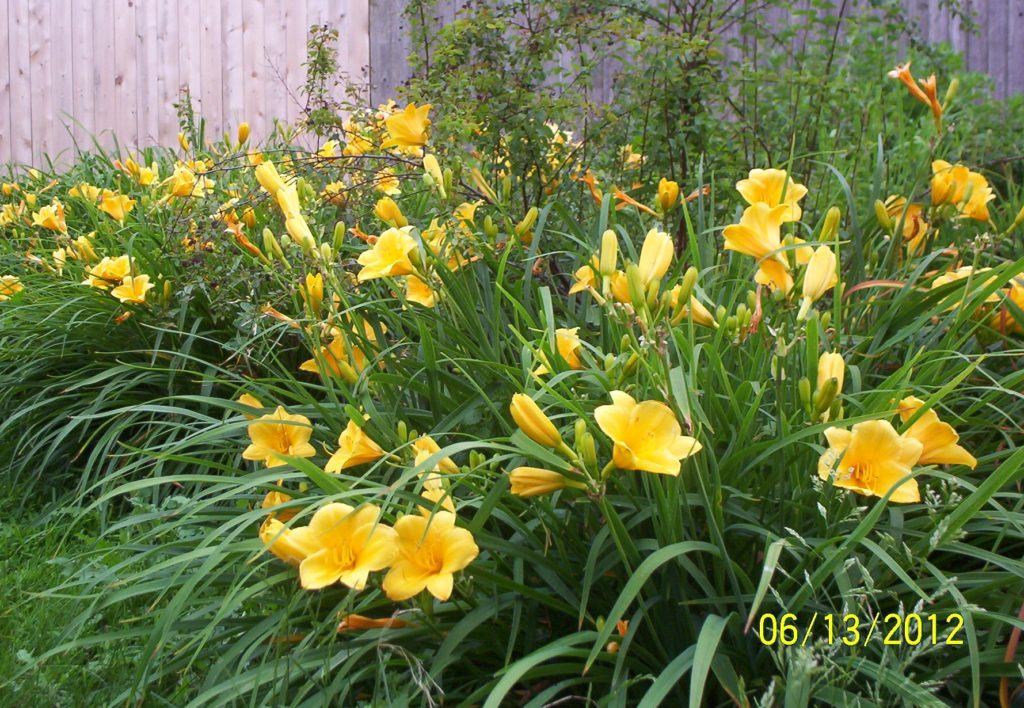
Stella de Oro is a dwarf repeat bloomer. It blooms in late spring and again in fall. It was bred for deer resistance. The flower stalks are shorter than other daylilies, and flowers are smaller. The color of the flower is golden yellow.
Growing Daylilies from Seeds
The seeds of daylilies are large, and you can easily raise new plants from seeds. You can create hybrids by rubbing pollens of one flower and transfer them the stigma of another flower with a different color using a wet Q-tip. Wait until the seed pods turn brown and partially open, then collect the seeds for next spring. The seedlings will bloom on the second year. You may want to wrap the flower with a paper sack after hybridization, as bees can sabotage your experiment. When this happened, you may get flowers of a different color than what you have expected after two years of hard work.
Caring for Daylilies
Maintenance for daylilies is minimal. After blooming, just cut the flower stalks at the base, if you do not want to save the seeds. Water the plants once a week if there is no rain. In the Northeast, daylilies will die back in the fall. You can cut off the brown leaves either in late autumn or early spring before new leaves appear. During a hot, dry summer, they may turn brown if they are neglected. However, they are forgiving, new leaves will reappear in early autumn when rain returns.
You may need to divide your plants to rejuvenate them after a few years, or they refuse to bloom. The time to divide is when over-grown plants form a doughnut shape with the old plant died at the center. They can be divided as described below.
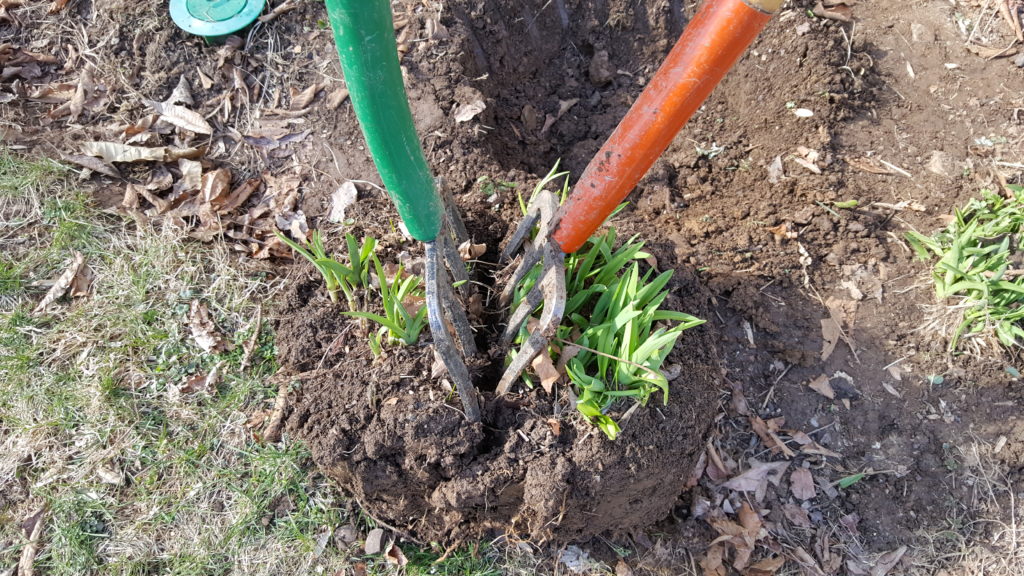
You can divide daylilies at any time of the year, even when they are blooming. However, the best time is in early spring when the new leaves just appear. You can use a shovel to cut the roots around the plant, then lift the whole clump up with a garden fork. To divide the clump, insert two garden forks back to back into the middle of the clump and pull the forks apart (as shown in the picture above). You can do this again if the half-clump is still too big.
If you divide the plant in summer or fall, you may want to cut back the long leaves for better handling and reducing excessive evaporation in hot days. Finally, plant each division with a spacing of 2 feet. You can use this method of division for all perennials that form tight clumps, such as Japanese iris and Siberian iris.
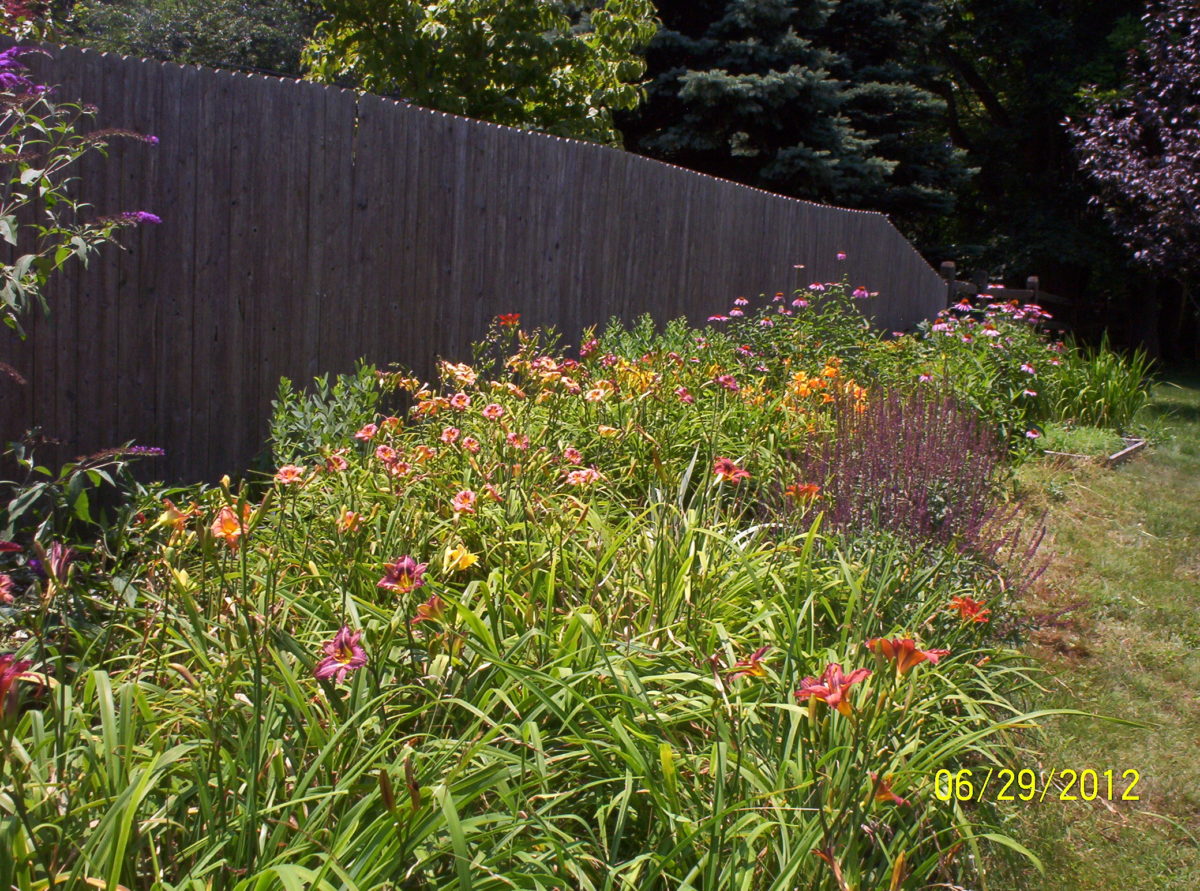

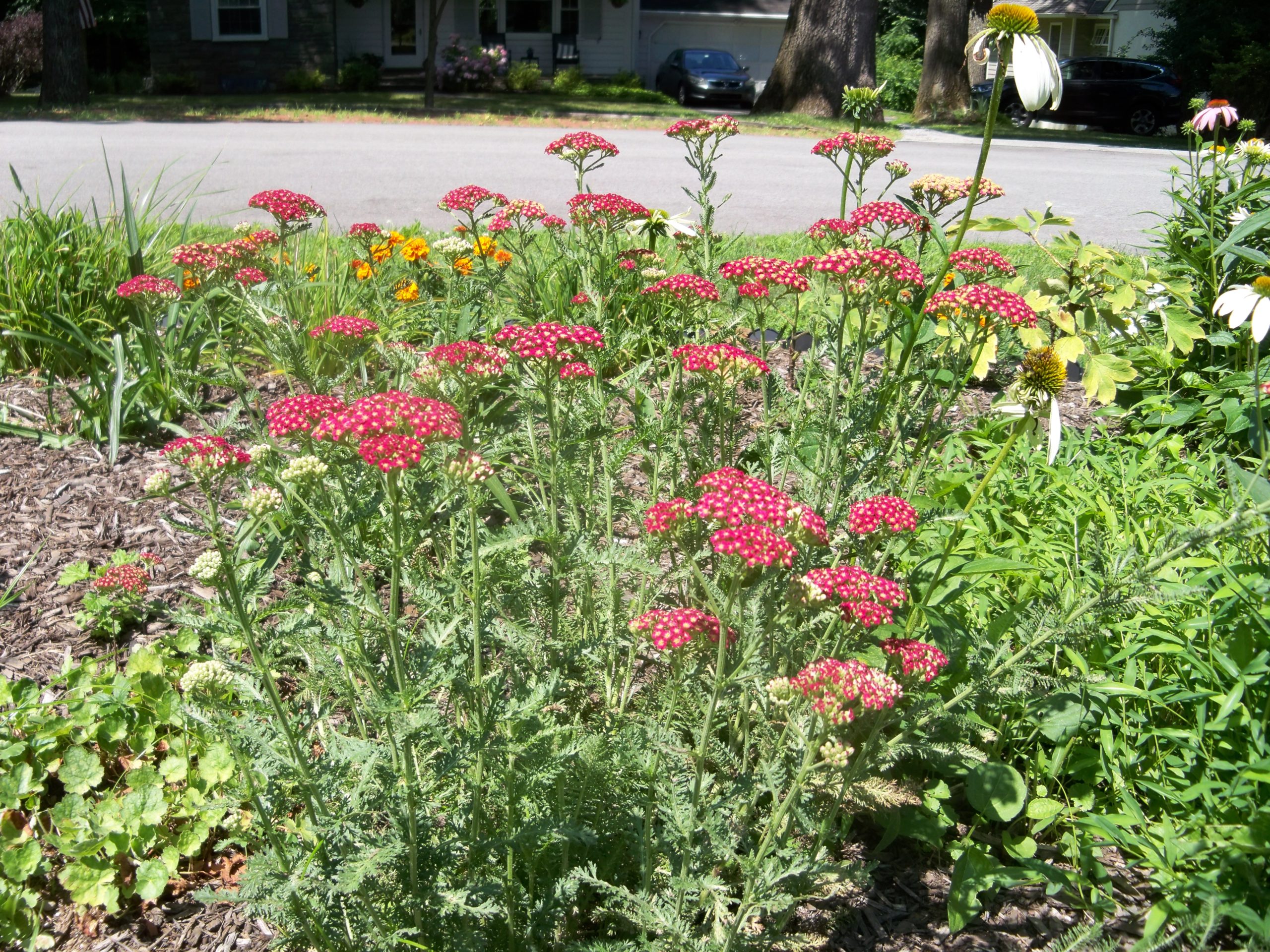

January 15, 2020
I always spent my half an hour to read this website’s articles daily along with a mug of coffee.
January 15, 2020
Yes, it is the best thing to do during winter time.